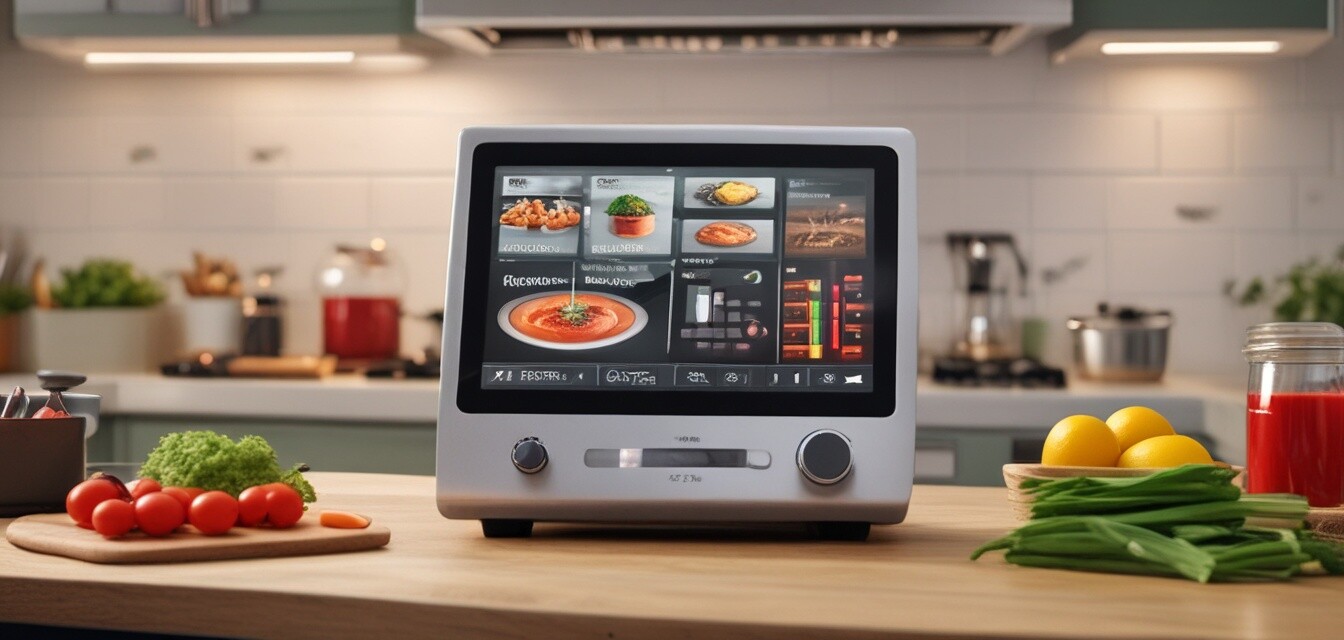
A Guide to Smart Food Thermometers: Accuracy Matters
- Smart food thermometers enhance cooking accuracy and ensure food safety.
- Consider key features like connectivity, app compatibility, and temperature range.
- Look for user-friendly designs and reliable brands.
- Explore the benefits of both wired and wireless options based on your cooking style.
- Comparative guides can assist in making an informed decision.
In today's culinary world, precision is key. Smart food thermometers have revolutionized how we cook, making it easier to achieve the perfect temperature for any dish. This comprehensive guide will help you understand what to look for when selecting a smart food thermometer, so you can enjoy both the art and science of cooking.
Why Accuracy in Cooking Matters
Cooking is both an art and a science, where precise measurements can make or break a dish. Food safety is equally crucial, and using the right temperature can help prevent foodborne illnesses. Smart food thermometers ensure that your meals are cooked accurately and safely, giving you peace of mind during the cooking process.
Key Features of Smart Food Thermometers
When considering a smart food thermometer, keep an eye on the following key features:
| Feature | Description |
|---|---|
| Connectivity | Look for Wi-Fi or Bluetooth options that sync with your smartphone or smart home devices. |
| App Integration | Choose models that come with an app for easy monitoring and notifications. |
| Temperature Range | Ensure the thermometer can measure a wide range of temperatures suitable for various foods. |
| Display | A clear and easy-to-read display is essential for quick temperature checks. |
| Design | Consider ergonomic designs that are easy to handle and store. |
Types of Smart Food Thermometers
Smart food thermometers come in various types to suit different cooking needs. Here are the primary options:
- Wired Thermometers: These have probes that remain in the food while it cooks, allowing for continuous monitoring.
- Wireless Thermometers: Utilizing Bluetooth or Wi-Fi, these are great for remote monitoring, especially when multitasking in the kitchen.
- Infrared Thermometers: Best for quick surface temperature readings without contact.
Pros and Cons of Smart Food Thermometers
Pros
- Enhanced cooking precision ensures perfect results.
- Real-time alerts on your device improve convenience.
- Multiple probe options allow for cooking different foods simultaneously.
- Improved food safety measures.
Cons
- Higher price point compared to traditional thermometers.
- Dependence on battery life; may require frequent charging or new batteries.
- App connectivity issues can sometimes occur.
Choosing the Right Smart Food Thermometer for You
Selecting the perfect smart food thermometer can feel overwhelming given the variety of available options. Here is a brief guide to help simplify your selection:
Consider Your Cooking Style
Are you a grill master or a sous-vide enthusiast? Knowing how you plan to use the thermometer can guide your choice:
- Grilling: Look for models with long probes and durable designs.
- Baking: A reliable wired thermometer can help monitor bread without opening the oven.
- Slow cooking: A wireless model allows for monitoring from a distance.
Set a Budget
Smart thermometers range broadly in price. While it’s tempting to opt for the cheapest option, investing in a quality thermometer can enhance your cooking experience and ensure durability.
Read Reviews and Comparisons
Before making a purchase, consult guides or buying guides that compare different models. It can save you time and money, ensuring you choose a product that fits your needs.
Where to Purchase Smart Food Thermometers
Smart food thermometers are widely available. You can check online retailers like Amazon or local kitchen appliance stores. Be sure to explore categories such as:
Conclusion
Smart food thermometers provide an easy, accurate way to enhance your cooking and ensure food safety. By understanding their features, types, and how they suit your cooking style, you can choose the best thermometer for your kitchen. Don’t let cooking be a shot in the dark; take advantage of technology for a more delicious and safer meal experience.